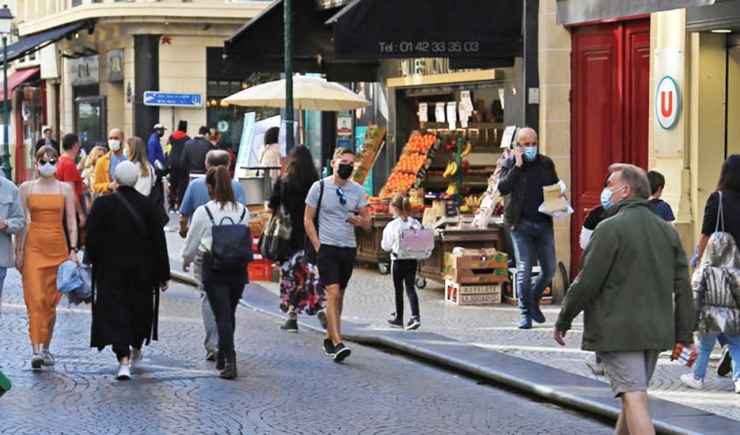At a time when many local authorities are involved in organising “a more walkable city”, Apur looks back over the period since the Montorgueil neighbourhood became pedestrianised in the 1990s.

The Montorgueil area is a residential neighbourhood (5,132 inhabitants), with a lot of economic activity generating 6,570 jobs and 488 commercial outlets. Invaluable lessons can be learned from assessing the effects observed 30 years after pedestrianisation was introduced throughout the neighbourhood. This note looks at:
- the evolution of mobility practices and modes of transport,
- the development of public space and the place given to vegetation,
- air quality and noise pollution,
- the residential attractiveness of the neighbourhood,
- the economic and commercial life of the neighbourhood.
The aim of creating this pedestrian neighbourhood was to restore its residential function and a better quality living environment. The creation of a pedestrian zone enabled public space to be redefined more generously and with more greening. The work of pedestrianisation also had a beneficial impact on the quality of air and noise linked to car traffic in the heart of the neighbourhood. Finally the analysis of the neighbourhood’s commercial structure shows that businesses are dynamic and that the typology of shops and services have evolved.
This note opens the way to establishing a series of indicators that make it possible to monitor the effects of major developments of public space with less of it given to cars and more to pedestrians, vegetation and new uses.


